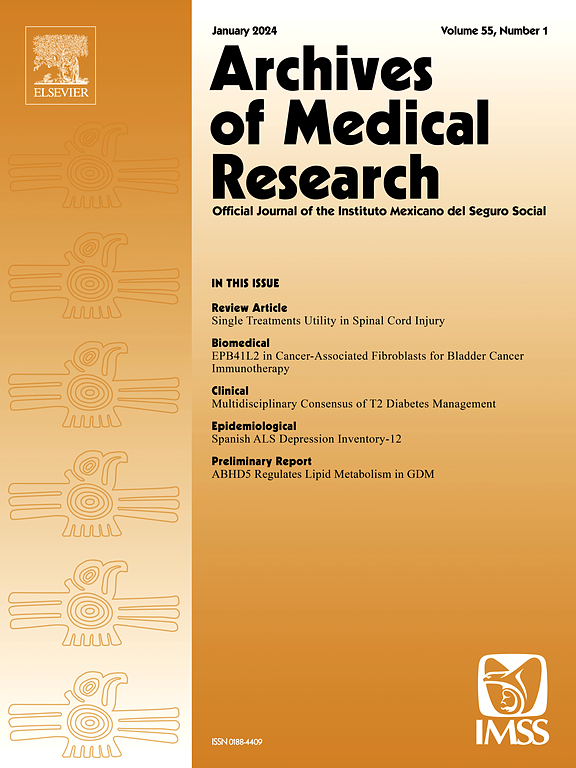Global Burden of Peptic Ulcer Disease in Adolescents and Young Adults: Trends and Disparities from 1990–2021
IF 3.4
3区 医学
Q1 MEDICINE, RESEARCH & EXPERIMENTAL
引用次数: 0
Abstract
Background
Peptic ulcer disease (PUD) significantly impacts adolescents and young adults (15–49 years), yet there are limited comprehensive analyses of its burden in this age group. This study examines global, regional, and national trends in PUD epidemiology from 1990–2021.
Methods
Using data from the 2021 Global Burden of Disease (GBD) Study, we analyzed PUD prevalence, incidence, disability-adjusted life years (DALYs), and mortality across 204 countries, stratified by age, sex, socio-demographic index (SDI), and GBD regions. Trends were quantified using estimated annual percentage changes (EAPC) and joinpoint regression.
Results
From 1990–2021, the global prevalence and incidence rates of PUD declined by 32.9 and 32.3%, respectively. Mortality and DALY rates decreased by 60.6 and 60.0%), respectively. Absolute cases increased by 50% in low SDI regions, while reductions were observed in middle SDI regions. South Asia and Western Sub-Saharan Africa had the highest prevalence rates. Sex disparities were evident, with males aged 45–49 having a prevalence rate that was 1.4-fold higher and a mortality rate that was 2.2-fold higher than females. Socioeconomic development inversely correlated with DALY rates (R = –0.708), but progress slowed after 2015 in high SDI regions.
Conclusions
The rising number of PUD cases in low SDI regions reflects population growth and limited healthcare access. Disparities highlight the need for targeted strategies. The slowed progress in high SDI regions indicates aging and evolving disease patterns. Tailored interventions are key for equitable control.
青少年和年轻人消化性溃疡疾病的全球负担:1990-2021年的趋势和差异
背景:消化性溃疡疾病(PUD)对青少年和年轻人(15-49岁)的影响显著,但对这一年龄组的负担的综合分析有限。本研究调查了1990-2021年全球、地区和国家PUD流行病学趋势。方法:使用2021年全球疾病负担(GBD)研究的数据,我们分析了204个国家的PUD患病率、发病率、残疾调整生命年(DALYs)和死亡率,并按年龄、性别、社会人口指数(SDI)和GBD地区进行了分层。使用估计的年百分比变化(EAPC)和连接点回归对趋势进行量化。结果:1990-2021年,全球PUD患病率和发病率分别下降了32.9%和32.3%。死亡率和DALY分别下降60.6%和60.0%。在低SDI地区,绝对病例增加了50%,而在中等SDI地区则减少了。南亚和西撒哈拉非洲的患病率最高。性别差异很明显,45-49岁男性的患病率比女性高1.4倍,死亡率比女性高2.2倍。社会经济发展与DALY率呈负相关(R = -0.708),但在2015年之后,高SDI地区的社会经济发展放缓。结论:低SDI地区PUD病例数的上升反映了人口增长和医疗保健服务的有限性。差距突出表明需要有针对性的战略。在高SDI区域,进展缓慢表明了衰老和疾病模式的演变。量身定制的干预措施是公平控制的关键。
本文章由计算机程序翻译,如有差异,请以英文原文为准。
求助全文
约1分钟内获得全文
求助全文
来源期刊

Archives of Medical Research
医学-医学:研究与实验
CiteScore
12.50
自引率
0.00%
发文量
84
审稿时长
28 days
期刊介绍:
Archives of Medical Research serves as a platform for publishing original peer-reviewed medical research, aiming to bridge gaps created by medical specialization. The journal covers three main categories - biomedical, clinical, and epidemiological contributions, along with review articles and preliminary communications. With an international scope, it presents the study of diseases from diverse perspectives, offering the medical community original investigations ranging from molecular biology to clinical epidemiology in a single publication.
 求助内容:
求助内容: 应助结果提醒方式:
应助结果提醒方式:


